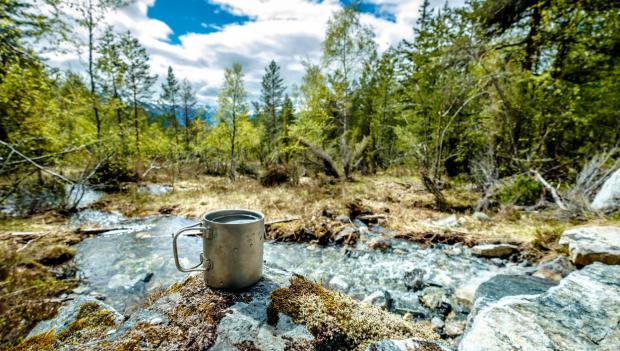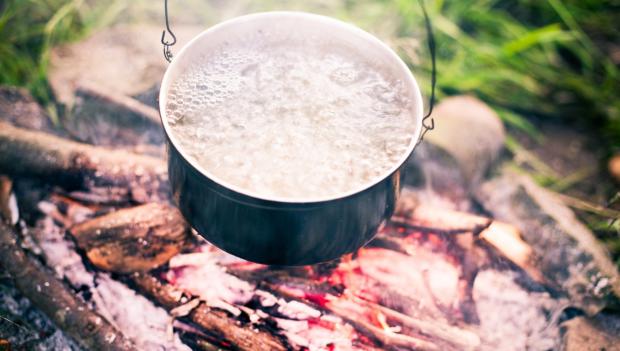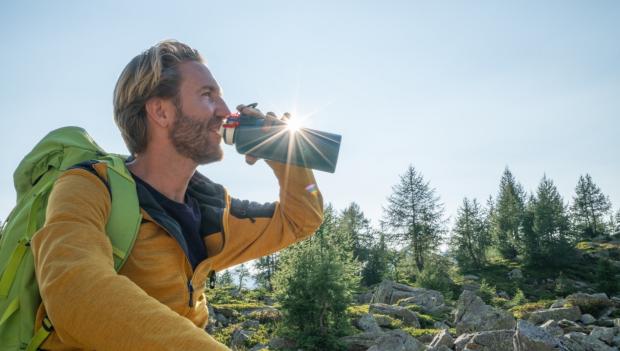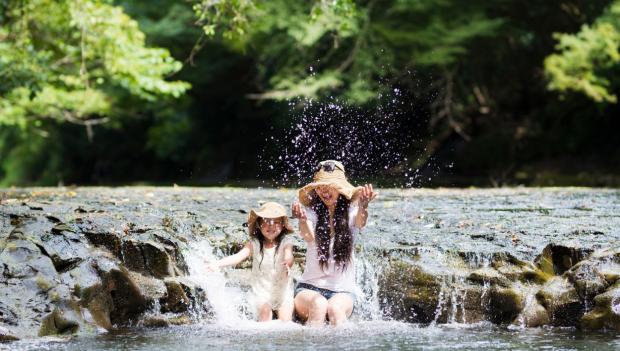
As much as we all love kayaking, fishing and swimming, water isn’t just for recreation. Water sustains life and it is our responsibility as lovers of the great outdoors to ensure that we protect the environment by sticking to eco-friendly practices while we recreate. But it’s not just the environment we need to protect. Water, of course, can be a source of illness. As we camp and play outside we must also ensure that we protect ourselves from the ways that water can make us sick.
Here’s a few must-know hacks for conserving, purifying and protecting water while camping and exploring.
Purify Water Before Drinking
The stream you’re camping beside may look pristine, but parasites may be lurking in the water. When you drink contaminated water it can make you sick, causing some pretty unpleasant symptoms. Before drinking from any water source in the great outdoors, it is absolutely essential that you purify the water. This can be done in a number of ways.
1. Boiling water is a surefire way to kill bacteria, viruses and protozoa in the water that can make you sick. Make sure that you bring the water to a rolling boil for at least one full minute before drinking.
2. Chlorine or iodine tablets are a space-saving and effective way to purify water. Water purification tablets should be dropped directly into a bottle of water and, after a period of time (usually 30 to 60 minutes), the water is safe to drink. Follow the instructions included with your purification tablets.
3. UV light purification systems: Small, lightweight UV purification systems, such as the SteriPEN, are popular with hikers. The UV light of the SteriPEN disrupts the DNA of the bacteria, viruses and protozoa lurking in the water, rendering them harmless. To use the SteriPEN, turn the device on, wait for the light indicating it is ready for use, and stir the pen in your bottle of water until the light turns off.
4. Water filtration systems are a great way to purify water in the outdoors. There are dozens of lightweight and compact filtration systems that work by physically straining out the stuff in the water that can make us sick. Popular systems like Lifestraw can be placed directly in water and used like a straw, filtering the water as you suck. Other systems like Sawyer Products water filtration systems work by filling a bag of water and squeezing the water through the filter into your bottle.
*Saltwater is not easily desalinated but can be boiled to kill dangerous parasites and remove some salt.

Recommended: The 13 Best Waterfall Hikes for Spring
Conserve the Water You’ve Already Purified
While camping in the backcountry you may find that water sources are few and far between. While it isn’t smart to try to conserve drinking water (if you are thirsty you should drink) there are some ways to ensure that you aren’t speeding up your rate of dehydration.
1. Avoid alcohol and excessive amounts of caffeine and salt before and during your time in the backcountry, they can make you more thirsty than usual.
2. Carry enough water for your needs. How much water you need depends upon a number of factors such as the weather, the duration and intensity of your hike and your body type. A general rule of thumb is that the average hiker could need up to a liter of water an hour. That said, it’s important to avoid carrying an excessive amount of water. The extra weight will just cause your body to work harder.
3. Walk in the shade or during the cooler parts of the day in order to avoid high temperatures and direct sun, both of which can cause you to sweat excessively.
4. Pre-hydrate by drinking 7-20 ounces of water about two hours before hitting the trail.

Recommended: 13 Natural Water Parks You Need to See to Believe
Protect the Water for Future Generations
We want to protect our own health by avoiding drinking potentially dangerous water sources, and we also want to protect the water for everyone else. Keep water sources safe for neighbors and wildlife by following these best practices.
1. Pack out everything. Trash can pollute waterways and prove hazardous to wildlife. Remember the unofficial motto of hikers and campers: leave only footprints, take only memories.
2. Use the restroom responsibly. When peeing or pooping in the backcountry make sure to do so at least 200 feet (70 steps) away from water. When pooping, dig a hole 6 to 8 inches deep and defecate into the hole. All toilet paper should be packed out in a Ziploc bag or can be burned over a campfire.
3. Pick up after your pet. Your pets should remain on a leash at all times and pet waste should be picked up and disposed of in a trashcan.
4. Wash dishes away from fresh water sources. When washing dishes in the backcountry do not dip the dishes in fresh water. Instead, collect water and wash your dishes at least 200 feet away from water sources, then spread your wastewater in the same area.
5. If you use soap, make sure it is biodegradable. Soap isn’t necessary in the backcountry, but if you want to use it to clean your dishes or yourself, make sure the soap you use is biodegradable. Regular hand and dish soap contain phosphates, which can promote algae blooms in lakes and streams.
